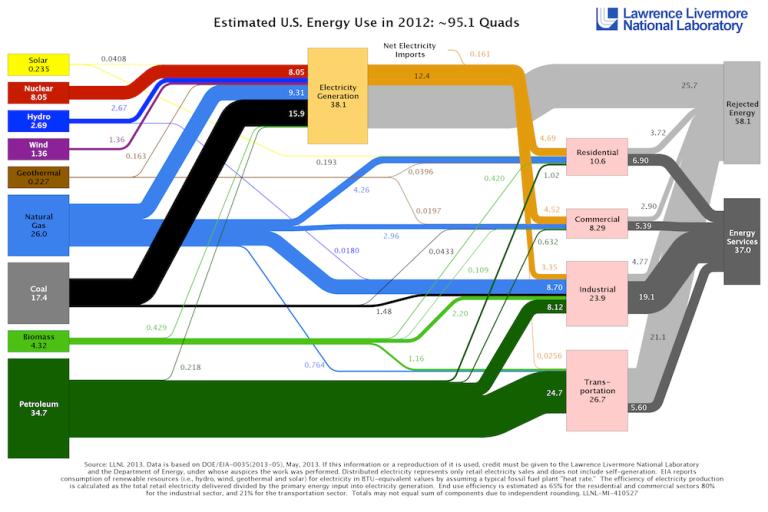Think about this: Have you spent a day out on the water this summer? Swimming? Fishing? Boating? Well believe it or not, for decades, power plants have been allowed to dump toxic pollution into our nation’s waterways, with almost no limits. Coal plants have become by far the largest source of toxic water pollution in the country!
If you’re like me and love to take your family swimming, fishing, and boating, you know how much is at stake. (Click the graphic at the left to see more details)
Today the Sierra Club joined a coalition in releasing a report (PDF) that highlights the critical need to clean up power plant water pollution. I’m being joined at the press conference by Robert F. Kennedy, Jr., the president of the Waterkeeper Alliance, and other environmental leaders in Charlotte, North Carolina, one of many places in the U.S. where this pollution is endangering clean water and public health.
Look at some of these startling facts:
- Of the 274 coal plants that discharge coal ash and scrubber wastewater into our rivers, lakes, streams and bays, nearly 70 percent have no limits on the toxics most commonly found in these discharges (arsenic, boron, cadmium, lead, mercury, and selenium).
- Of these 274 coal plants, more than one-third have no requirements to monitor or report discharges of these toxic metals to government agencies or the public.
- A total of 71 coal plants surveyed discharge toxic water pollution into rivers, lakes, streams and bays that have already been declared impaired due to poor water quality.
- Nearly half of the coal plants surveyed are operating with an expired Clean Water Act permit.
The Clean Water Act is one of our nation’s greatest achievements, and thanks to this historic legislation, our rivers are no longer catching on fire, and our waterways are safer and healthier than they were decades ago. But forty years after the Act was passed, the coal industry is still polluting with impunity, thanks to a loophole no other industry has enjoyed.
We look out for lead paint when we buy a home and we clear our kids from the room when a mercury thermometer breaks on the ground — so why would we let the coal industry dump millions of pounds of these poisons into our water? Doctors and scientists know that exposure to these dangerous metals can lead to birth defects, cancer, and even death.
The Environmental Protection Agency has finally proposed a national standard to reign in power plant wastewater pollution, and it includes multiple options, some strong, some weak.
Keep an eye out for some excellent, fun, and informative events nationwide. To help highlight the report’s findings and raise awareness about the EPA’s critical new coal plant water pollution standards, this week organizers will be holding local events across the country.
From a “toxic lemonade stand” in Pennsylvania, to a “Miss and Mr. Toxic Water Swimsuit Competition” in Missouri, and from a kayaking trip outside a coal plant in Oklahoma to a fish-less fish fry in Illinois, activists from coast to coast will be calling for the EPA to finalize the strongest possible standards to protect American families from dangerous toxic water pollution.
TAKE ACTION: Tell the EPA that we need the strongest possible safeguards against toxic wastewater.



